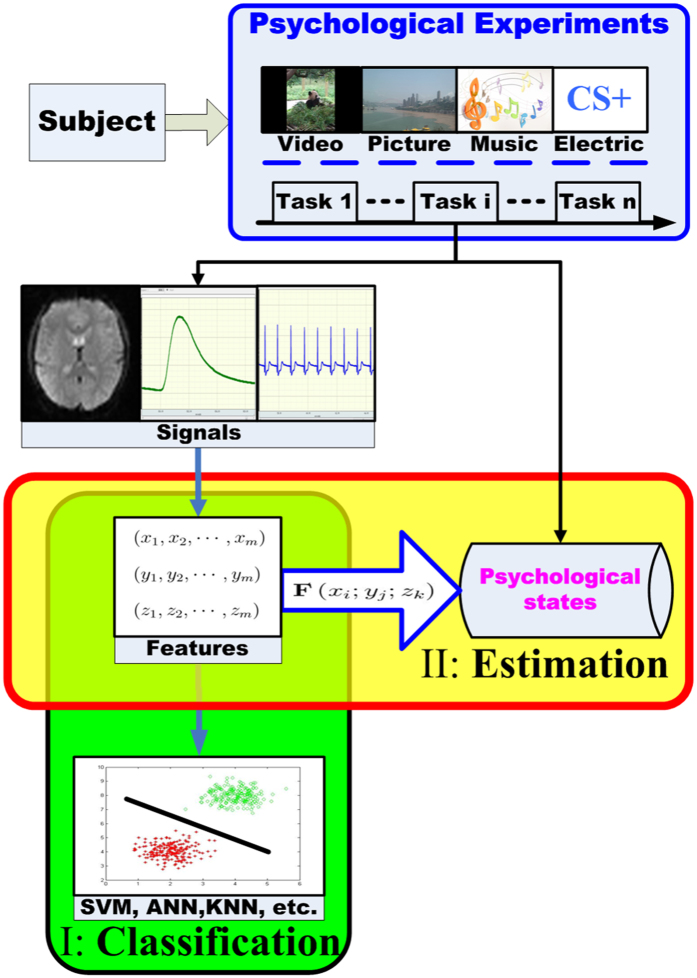Figure 1. A graphical representation of two main directions in current AD researches.
A subject takes participate in various affective psychophysiological experiments in which video, picture, music and electric stimuli are commonly used to induce subject’s different affective states. For each task, various kinds of signals are recorded by physical equipments (e.g., functional magnetic resonance imaging (fMRI) machines, physiological signal acquisition systems, cameras, etc.) on the one hand; and on the other hand, the corresponding affective states are measured according to psychological scales and inventories. Starting from these observed signals, feature vectors are extracted, used to represent response patterns of different affective states, and classified into finite classes by using various classifiers (e.g., support vector machine (SVM), artificial neural network (ANN), k-nearest neighborhood (KNN), etc.) to realize the classification of affective states. Applying the mapping relationships between observed response patterns and the corresponding affective psychological states, researchers use function approximation methods (e.g., multivariate linear-regression analysis, partial least-square estimation, support vector regression, artificial neural network, fuzzy logical analysis, and sequence Bayessian analysis) to approximate the assumed function models (F(xi; yj; zk)). Affective states are estimated by these obtained function models and new observed response patterns.

